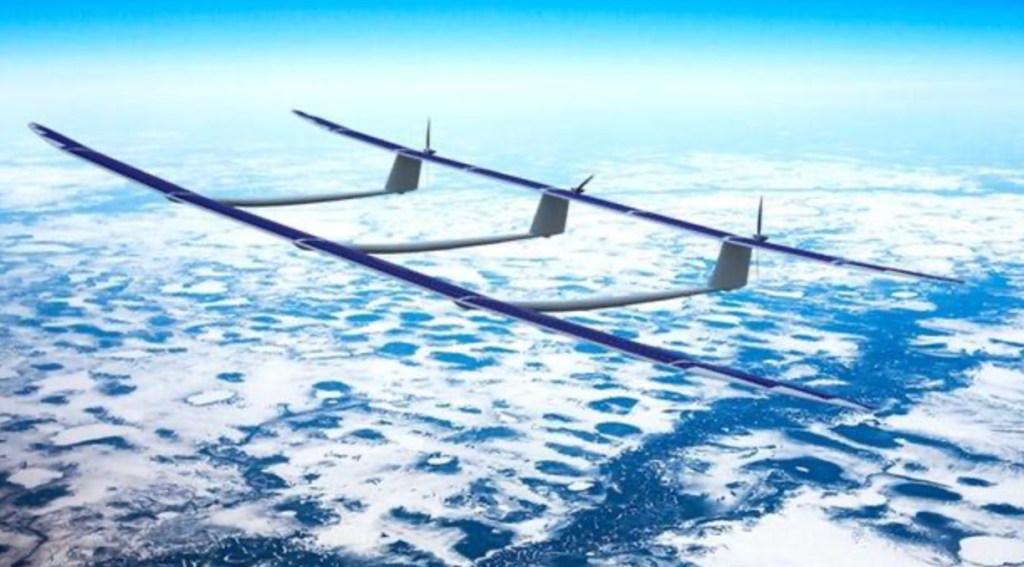
The combination of satellites and drones has given rise to the “High-altitude Pseudolite” (HAPS), an unmanned aerial vehicle capable of long – term soaring at the edge of space for tasks like telecommunications relay and environmental monitoring. Recently, the UAVOS ApusDuo prototype, an autonomous solar – powered UAV, completed its first test flight.
The ApusDuo is designed for long – term operation. It is made of carbon fiber, featuring two sets of parallel wings connected by three pillars. A series of solar panels are installed on the upper part of its wingspan, and a small on – board computer controls all operations. The aircraft can autonomously handle take – off and landing. What’s more, its CPU can control and bend the wings, adjusting to changing weather and wind conditions to maintain altitude.
The current prototype has a 46 – foot (14 – meter) wingspan and weighs only 33 pounds (15 kilograms). In the test flight, it reached a height of 66 feet (20 meters) and logged 1,000 flight hours, with the expectation of reaching at least 50,000 feet (15,000 meters) in the future. Tests also demonstrated its flexibility, as its wings could handle turbulent flow calmly.
This field has seen competition. In 2010, Zephyr set endurance and height records, and in 2014, it was used by Airbus. Facebook has been testing the Aquila drone for providing high – speed Internet to developing countries, and the European Space Agency has organized seminars to explore the best practices. The successful first test flight of the ApusDuo marks an important step in the development of HAPS technology.


